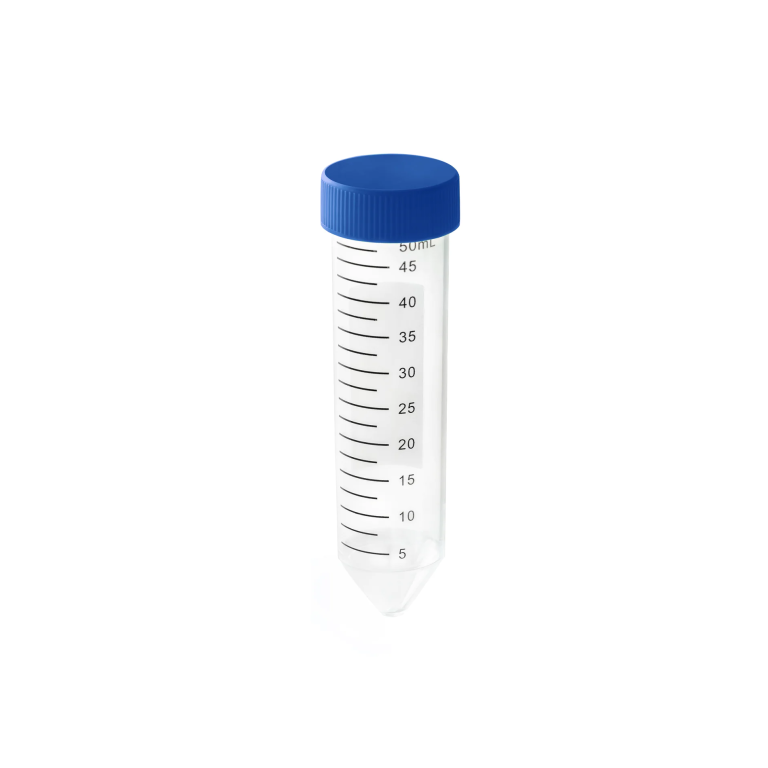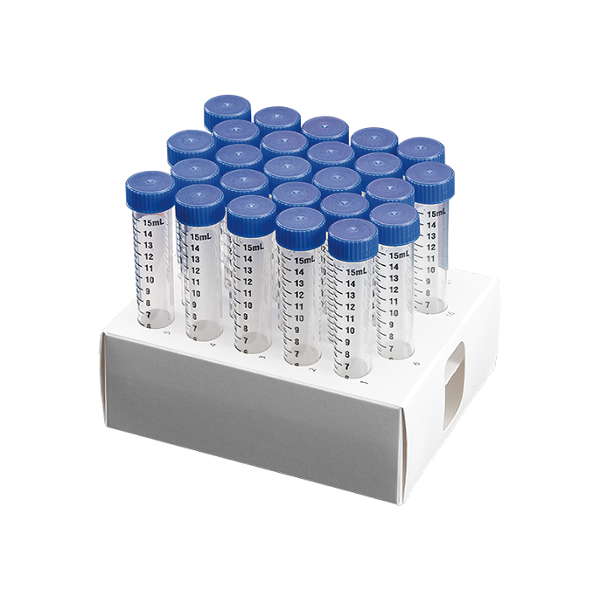The main differences between single-channel and multi-channel pipettes are:
– Number of channels – Single-channel pipettes have one nozzle to pipette samples one at a time. Multi-channel pipettes have 8 or 12 nozzles to pipette multiple samples simultaneously.
– Volume flexibility – Single-channel pipettes allow aspirating different volumes for each sample. Multi-channel pipettes can only aspirate the same volume into all tips.
– Sample handling – Single-channel is better for handling different sample types. Multi-channel is designed for treating uniform samples the same way.
– Technique – Single-channel requires aspirating and dispensing samples individually. Multi-channel allows aspirating/dispensing rows or columns altogether.
– Speed – Multi-channel pipettes are much faster for high throughput applications like filling microplates since many wells are pipetted at once.
– Accuracy – Single-channel pipettes are generally more accurate as volumes are optimized for each sample. Multi-channel accuracy depends on uniformity.
– Contamination – Multi-channel has a higher risk of cross-contamination between sample types if tips touch.
– Cost – Multi-channel pipettes are more expensive than single-channel.
In summary, single-channel pipettes allow flexibility and accuracy for individual samples, while multi-channel pipettes enable speed and parallel processing of uniform samples. The choice depends on the goals and workflow of the application.


